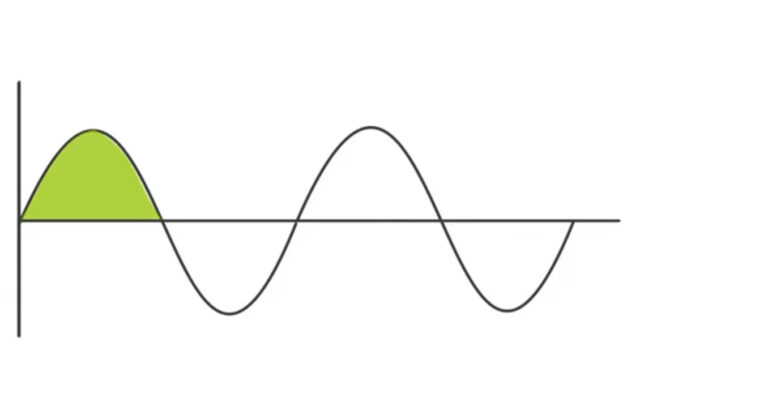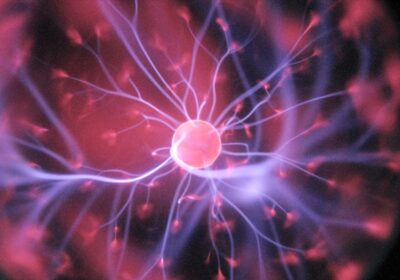
Physics Cheat Sheet: Quick Revision Guide
Creating a physics cheat sheet can be an invaluable resource for students and professionals alike, serving as a quick reference to fundamental concepts, equations, and principles. This article aims to compile a condensed overview of crucial physics topics, including mechanics, electromagnetism, thermodynamics, and quantum physics. While it’s not exhaustive, it offers a starting point for those looking to refresh their knowledge or understand the basics of these areas.
Mechanics: What to Include in Physics Cheat Sheets?
Mechanics deals with the behavior of objects and the forces that affect them. It’s divided into two main branches: dynamics, which studies the forces and their effects on motion, and statics, which examines how forces affect objects at rest.
Newton’s Laws of Motion:
- An object at rest stays at rest, and an object in motion stays in motion with the same speed and in the same direction unless acted upon by an unbalanced force;
- The acceleration of an object is directly proportional to the net force acting on the object and inversely proportional to its mass;
- For every action, there is an equal and opposite reaction.
Key Equations:
- Force: \(F = ma\) (Force equals mass times acceleration);
- Gravitational Force: \(F_g = G \frac{m_1 m_2}{r^2}\) (Newton’s law of universal gravitation);
- Work: \(W = Fd \cos(\theta)\) (Work done by a force);
- Kinetic Energy: \(KE = \frac{1}{2}mv^2\);
- Potential Energy: \(PE = mgh\) (Gravitational potential energy).
Electromagnetism
Electromagnetism describes the interactions between electrically charged particles. It encompasses various phenomena, such as electricity, magnetism, and light.
- Maxwell’s Equations: These four equations form the foundation of classical electromagnetism, elucidating how electric and magnetic fields are generated and altered by each other and by charges and currents;
- Gauss’s law for electricity;
- Gauss’s law for magnetism;
- Faraday’s law of induction;
- Ampère’s law with Maxwell’s addition.
Key Concepts:
- Electric Field: A vector field around charged particles that represents the force exerted on other charges;
- Magnetic Field: A vector field that describes the magnetic influence on moving electric charges, electric currents, and magnetic materials;
- Electromagnetic Wave: Waves of electric and magnetic fields that propagate through space at the speed of light.
Thermodynamics
Thermodynamics is the study of heat, work, temperature, and their interrelation in various systems.
Laws of Thermodynamics:
- The First Law (Law of Energy Conservation): Energy cannot be created or destroyed, only transformed from one form to another;
- The Second Law: In any energy exchange, if no energy enters or leaves the system, the potential energy of the state will always be less than that of the initial state (entropy);
- The Third Law: As the temperature approaches absolute zero, the entropy of a system approaches a constant minimum.
Key Concepts:
- Heat: A form of energy transfer between bodies due to a temperature difference;
- Work: The energy transferred by a system to its surroundings due to macroscopic forces;
- Entropy: A measure of the disorder or randomness in a system.
Quantum Physics
Quantum physics is the branch of physics that deals with the smallest scales of energy levels of atoms and subatomic particles.
Key Principles:
- Wave-Particle Duality: Particles exhibit properties of both particles and waves;
- Uncertainty Principle: It’s impossible to simultaneously know the exact position and momentum of a particle;
- Quantum Entanglement: Particles can become entangled, such that the state of one (no matter how distant) can instantaneously affect the state of another.
Key Equations:
- Schrödinger Equation: Describes how the quantum state of a physical system changes over time;
- Planck’s Equation: Relates the energy of a photon to its frequency (\(E = hf\)).
Conclusion
This cheat sheet offers a glimpse into the vast and fascinating world of physics, covering foundational concepts and equations across various branches. Understanding these principles not only aids in academic pursuits but also enriches our comprehension of the universe’s workings. Whether used as a study aid or a quick reference, this overview encapsulates the essence of physics, encouraging deeper exploration and application of these timeless principles.

















